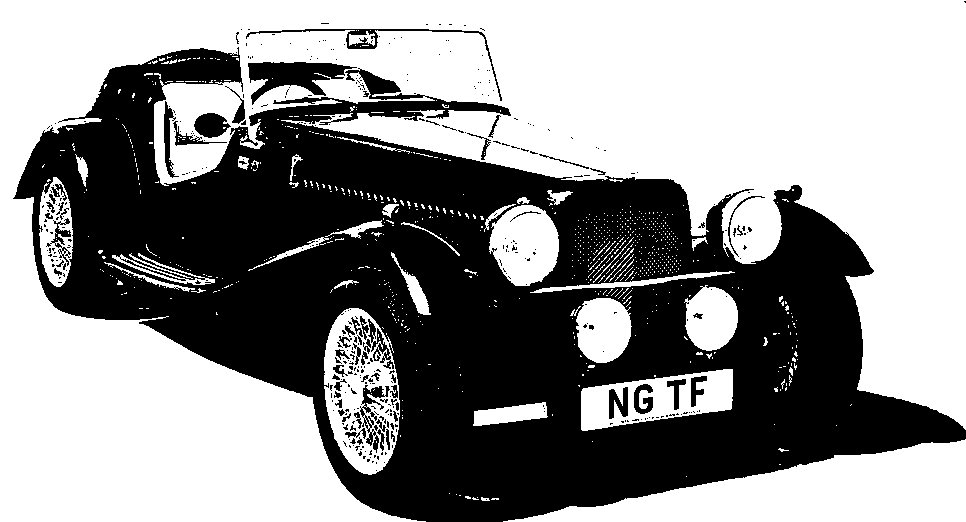
NG Kit Car
Cooling Upgrades
August 2006, August 2011, December 2023 (Improvements)
Electronic Fan Control (2006)
During a hot spell it was noted that the temperature gauge frequently approached the 100°C mark before the cooling fan cut in. Although not actually overheating, I felt that the fixed fan sender was not sensitive enough. So I decided to fit an adjustable Electronic Fan Control (EFC). The (28mm) Revotec EFC unit (photo 1, available from Europa) fits ‘in-line’ into the top hose (photo 2) instead of the ‘standard’ sender which was fitted into the bottom hose. This gave me the means to adjust the point at which the fan cuts in and thus improved the running temperature of the engine.
I wired the EFC in using the existing relay and a live feed from the starter (photo 3). For full wiring details see the downloadable PDF.
Silicone Hoses (2006)
As there was be some hose changes I took the opportunity to fit silicone hoses throughout the cooling system as I do not know what vehicle the original hoses were made for. Silicone hoses (available from Europa, for example) are available in various sizes and standard bends, etc. The sizes here give an indication as to what is needed. The EFC (28mm) is the same diameter as the thermostat outlet and a 28mm 90° elbow (4” legs) can be cut down to fit. The radiator inlet is a little larger at 32mm, so a reducer (32 to 25mm) was cut down to connect the EFC to the radiator (photo 2).
For the bottom hose, I obtained the metal elbow (ACH5031) and adaptor (AMK8847) as used on earlier MGBs to remove the need for a bottom hose with a ‘T’ in. I then used a 32mm 90° elbow (6” legs) cut down to connect the radiator to the elbow and part of the piece cut off to connect the elbow to the water pump inlet (photo 4). The remaining 3 hoses (elbow to heater return pipe, heater supply, heater return) were cut from straight 12.5mm silicone hose (photo 5). Stainless steel hose clips were used throughout.
Fan Sender (2011)
The EFC had one major drawback. The temperature range between the on and off trigger points was too large. This meant that once the fan came on, it stayed on a long time. I had to use a low temperature thermostat (71ºC) to avoid it conflicting with the fan. I decided to go back to a standard sender but still fitted in the top hose (photo 6). I obtained a suitable sender housing from Car Builder Solutions with an 87º - 82ºC fan switch and an 82ºC thermostat. In operation this keeps the engine a much more even temperature, coming on about 90º and going off about 83º (according to the gauge).
Fan Mounting (2023)
As the radiator was out for repair, I decided to remove the old radiator fan fixings which were of the "pin through the core" type and replaced them with brackets which held the fan onto the side flanges of the radiator. I also decided to revert to rubber hoses throughout. The silicon ones always seemed to be seeping somewhere despite constantly tightening hose clips. The rubber ones seem to seal much more reliably.

Electronic Fan Control


replacement to EFC

Electronic Fan Control
Click this icon for a PDF version of the Revotec Electronic Fan Control which you are free to download.